Smart Seat Management System¶
Introduction¶
| Final Project |
|---|
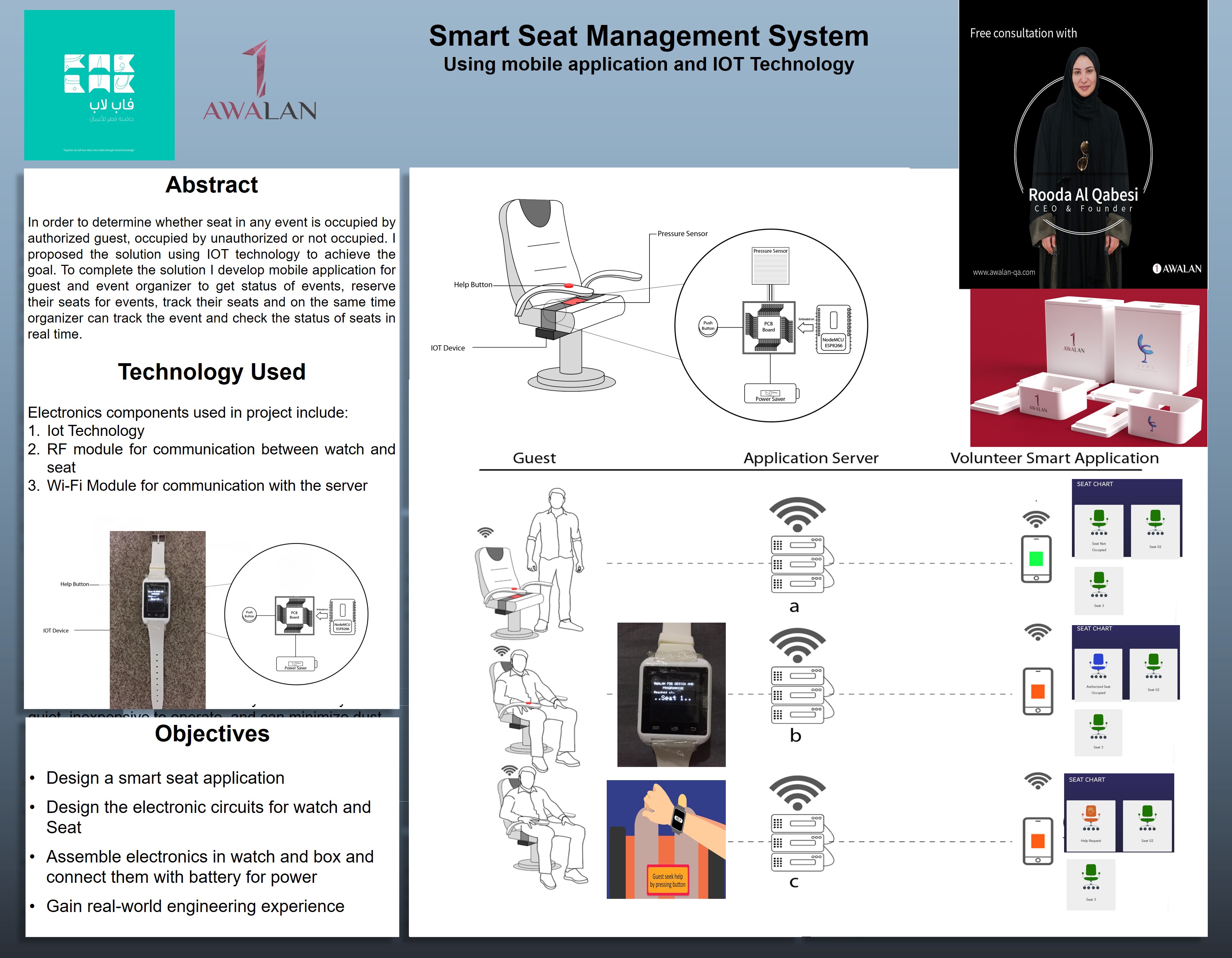 |
| Final Project |
|---|
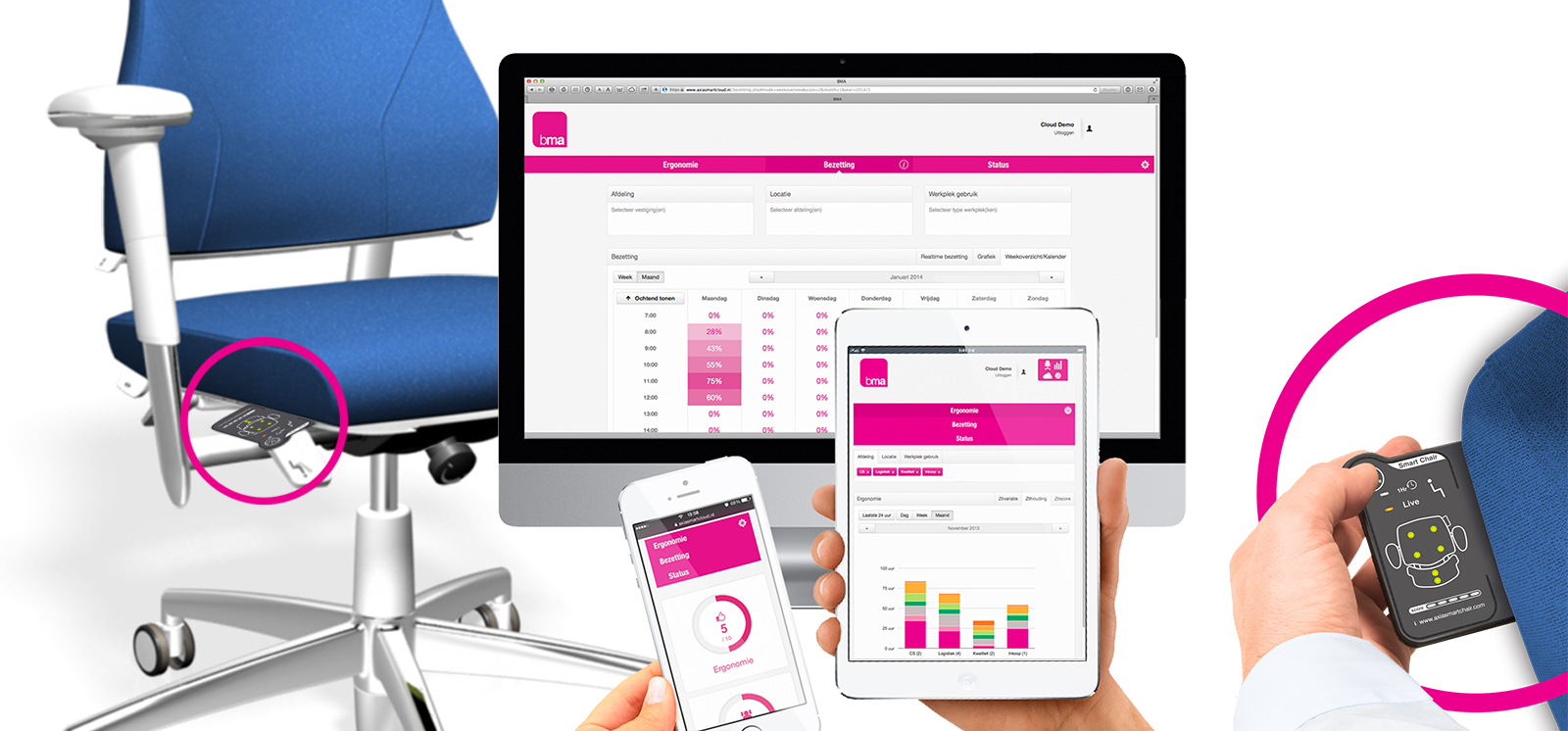 |
Project Description¶
In step with the recent development of technology and widespread smartphones, demands to acquire information through smartphone grow, which is why a growing number of mobile services have been provided a lot in a variety of areas. In particular, an increasing number of events build a seat reservation system for growing number of people who attend the events. The previous reservation systems cause a lot of inconveniences for users as they are linked through wired network in a designated place. In this project, I proposed the IoT-based smart seat reservation and management system. The proposed system is comprised of the web and a mobile application. I can provide convenience for users by effectively identifying seat information in the event.
Project Execution Plan¶
| Final Project Execution |
|---|
 |
| Final Project Execution |
|---|
 |
To execute the work according to plan I used Asana and make a to do list for timely completion of each milestone and keep record of it as well.
| Project Execution Plan | |
|---|---|
 |
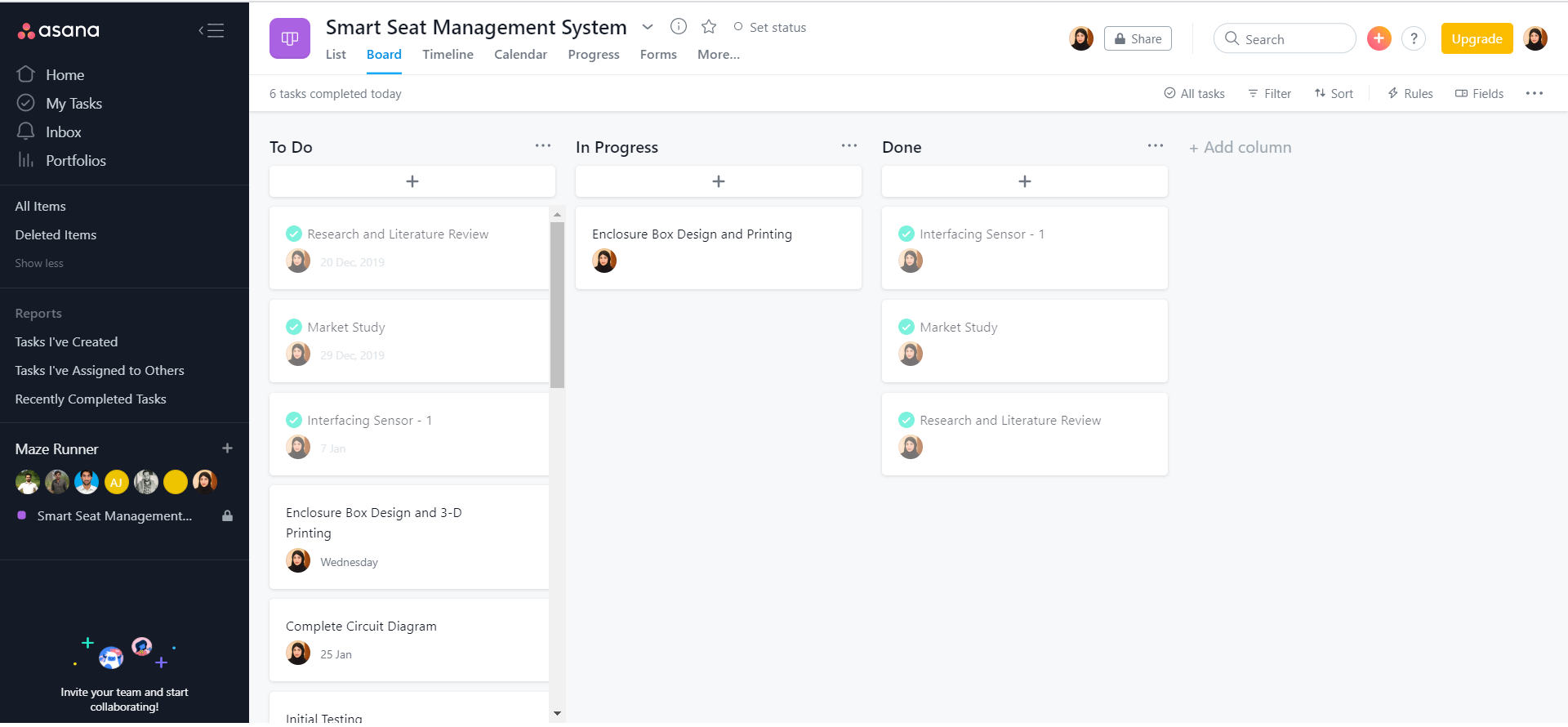 |
Literature Review¶
| Smart Seat |
|---|
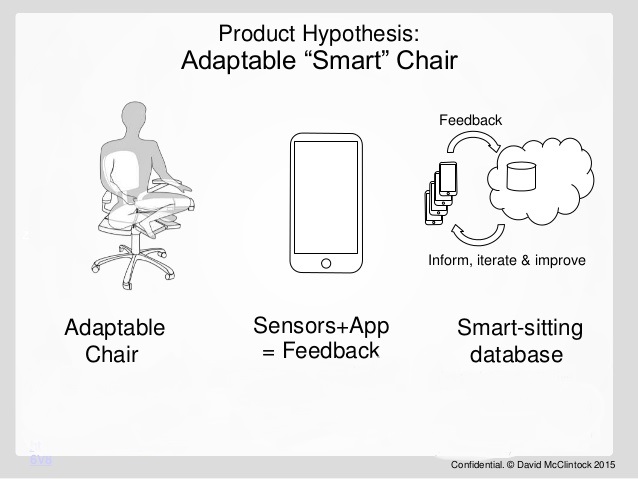 |

The Internet of Things will have substantial economic impact by 2025 among the list of disruptive technologies
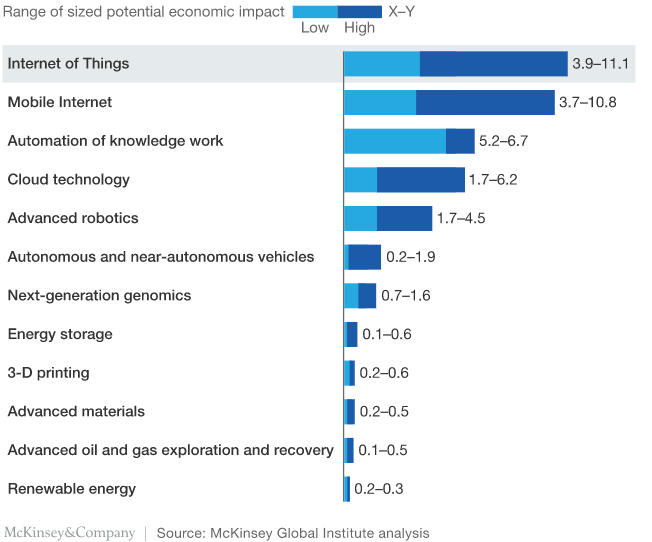
Ultrasonic Sensor¶
Pressure Sensor¶
The other technology for room occupancy monitoring system is using pressure sensors. This approach uses a sensor attached to the chair. As the name implies, the sensor will detect any force/pressure when someone is sitting on the chair. Using pressure sensor has a higher accuracy in term of occupancy detection because it monitors per chair. The pressure sensor is also cheaper than others.
Market Study¶
List of Materials Required¶
Interfacing Ultrasonic Sensor With Microcontroller¶
Firstly, I used Ultrasonic sensor to check the seat occupancy and push button for any assistance with Nodemcu. Before going further I started interfacing ultrasonic sensor with Nodemcu to measure the distance on serial monitor.
Interfacing Force Sensitive Resister With Microcontroller¶
I used Force Sensitive Resister (FSR-406) to check the seat occupancy and push button for any assistance with Nodemcu. It's response was pretty good.
Interfacing Hardware with Blynk Application¶
After individual testing of sensors, I interfaced hardware output with Blynk application. First, I installed Blynk application on my mobile phone and then I made necessary changes in the code in Arduino IDE. When I plugged in the hardware it starts working according to the code.
| Interfacing Hardware with Blynk | |
|---|---|
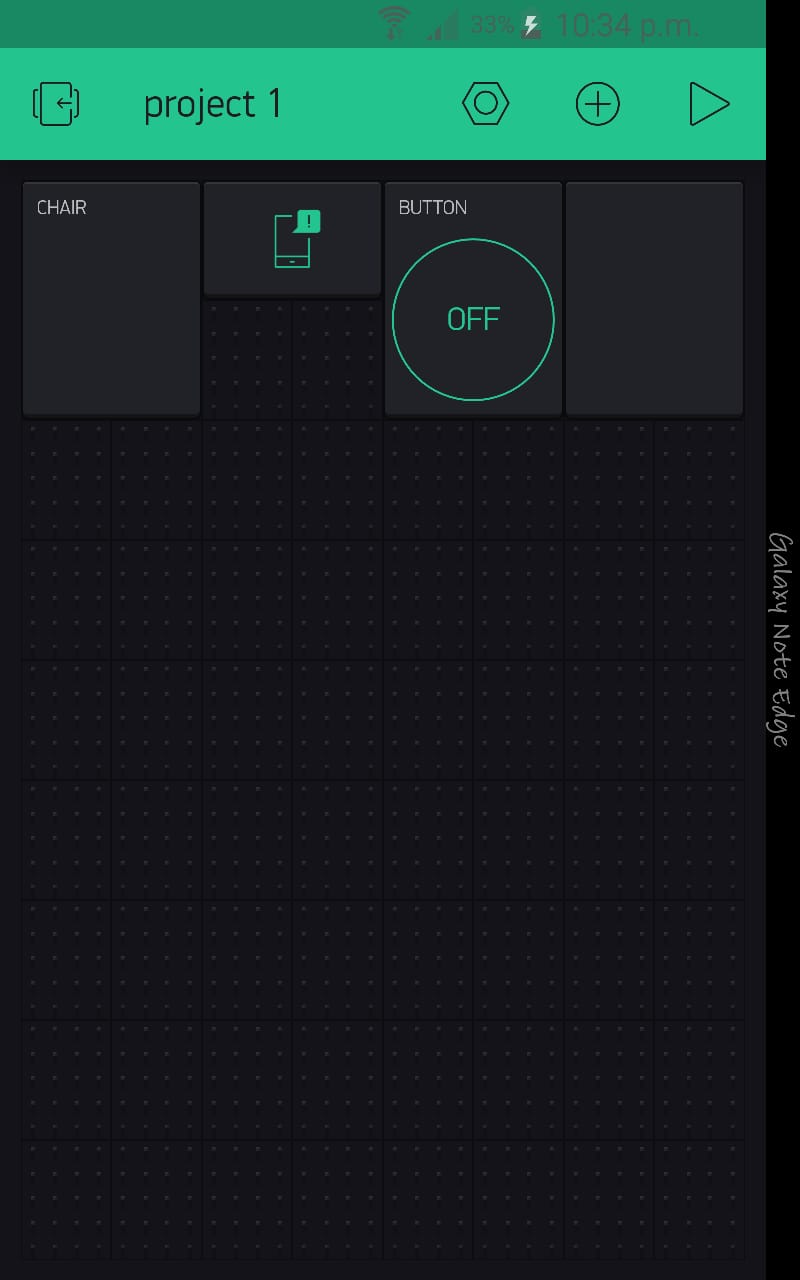 |
Use the three backticks to separate code.
Interfacing Ultrasonic Sensor and Push Button With Microcontroller¶
After succcessful results I connected push button with nodemcu.
Enclosure Box Designing and 3-D Printing¶
To enclose PCB circuit I design a box in Rhino and export the STL file for 3-D printing.
| Enclosure Box Designing in Rhino | |
|---|---|
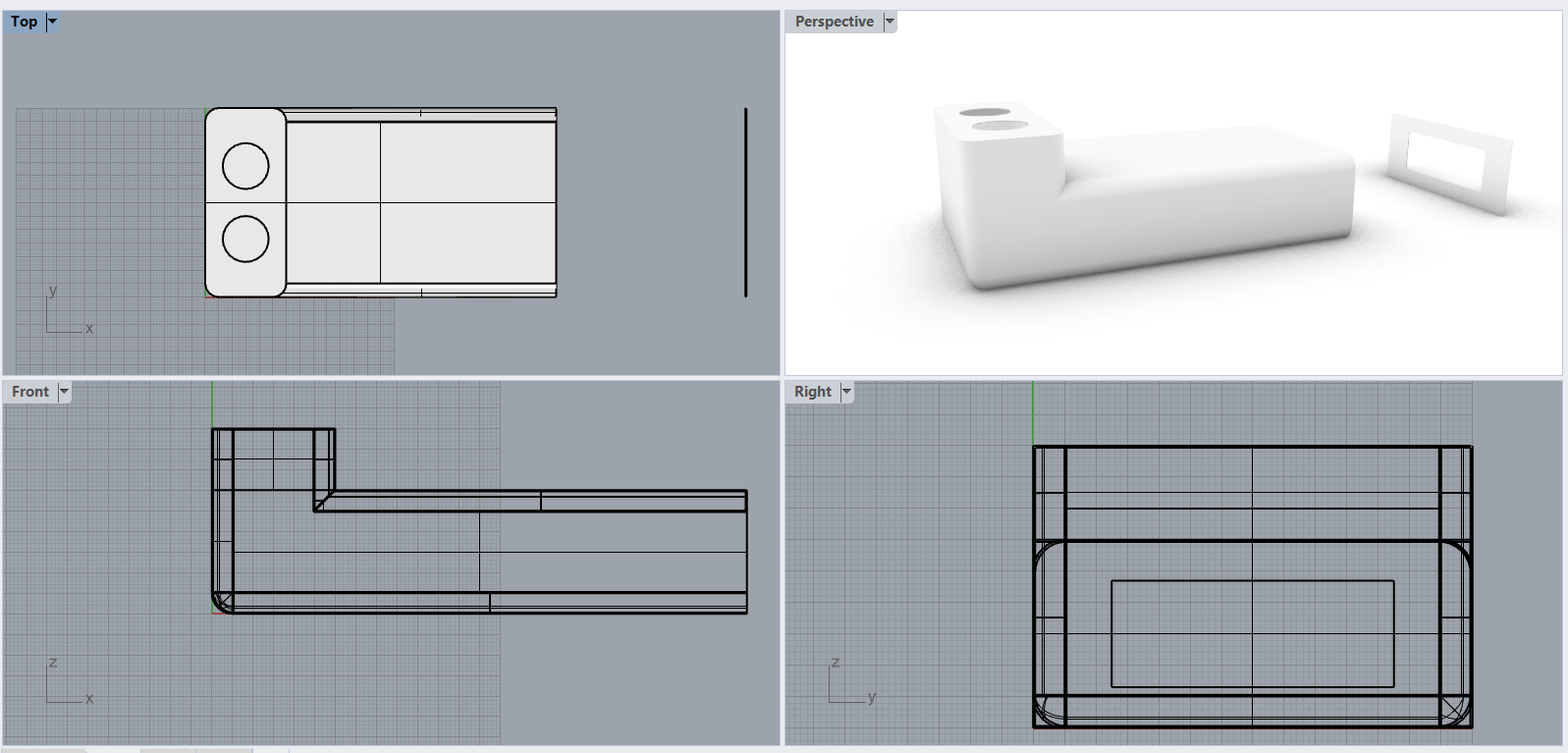 |
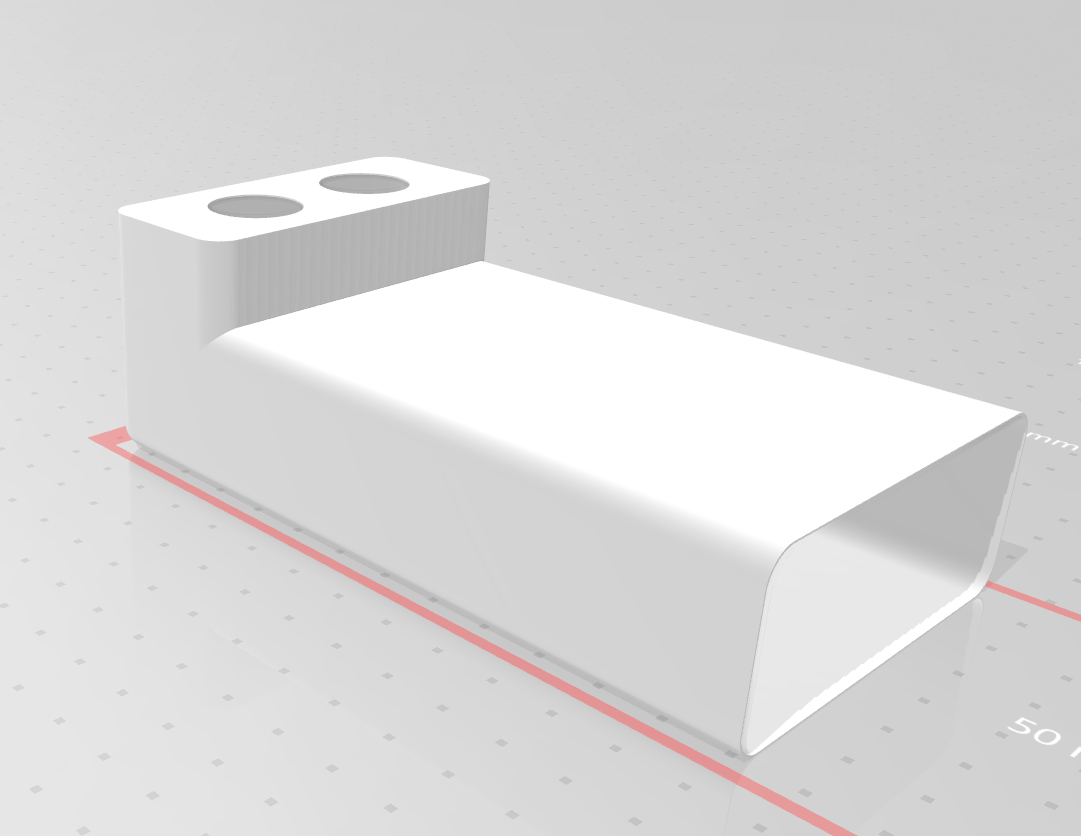 |
Future of Smart Seat Management System¶
To implement smart seat management system on the existing seats I come up with the idea that introduce small compact chip powered by coin cell battery for tracking and seat occupancy. This chip will not required to make any changes on the existing seats to fix and then remove after the events.
Bluetooth Low Energy Devices (BLE)¶
Bluetooth Low Energy (or Bluetooth LE, or Bluetooth Smart) is the power- and application-friendly version of Bluetooth that was built for the Internet of Things (IoT) devices. The main focus in BLE is low energy consumption which is achieved through Faster Connections and Lower Standby Time.
Prototyping¶
Electronics Device for chair¶
Electronics Device for Wristband Watch¶
Device for Seat Prototyping¶
I made and stitch elastic belt for the detection of seat occupancy and connect it to the seat to check the occupancy of it
According to the design I connected pressure sensor with ESP32 and make pcb design in eagle. Initially I used power bank to power the circuit. Later I will use chargeable battery for this pupose.
I created chart in event management portal and checked the seat occupancy status. When Person sits on the seat, it shows seat occupied and when person leaves the seat it shows seat seat Not occupied
Seat Occupancy from Rooda Omran Al-Qebaisi on Vimeo.
Wristband Watch Prototyping¶
I made mold design for wristband in Rhino and export the design file in stl extension for 3-d printing
| Rhino design of Watch | |
|---|---|
I printed my design using 3d printer.
| Wristband after 3D Printing | |
|---|---|
 |
 |
Conceptual Video of Project¶
Here is the conceptual video of smart seat management system. It will show the working of smart seat management system from even creation and registration to the tracking and checking the occupancy of seats. It not only check the occupancy of seats instead but it also check the occupancy of seats by authorized guests or unauthorised ones, and at the same time it can assist guest to call for help when needed and vlunteers will get the notification about it.
Devices Used¶
Actually I was using Nodemcu in both devices but due to the consideration of small size for the watch I replaced Nodemcu with Arduino Pro Mini (5V/16MHz). So,
Device Fixed in Wristband Watch¶
Why Wristband Watch ?¶
PCB Design of the Device for Wristband Watch¶
After Testing the working of project with seven segment display I moved to OLED and then I replaced seved segment display with OLED
Device Fixed to the Chair¶
PCB Design of the Device to be Fixed to Chair¶
Casing Designing in Rhino¶
I have designed the casing for watch and seat in Rhino and printed through 3D printer
| Casing Design |
|---|
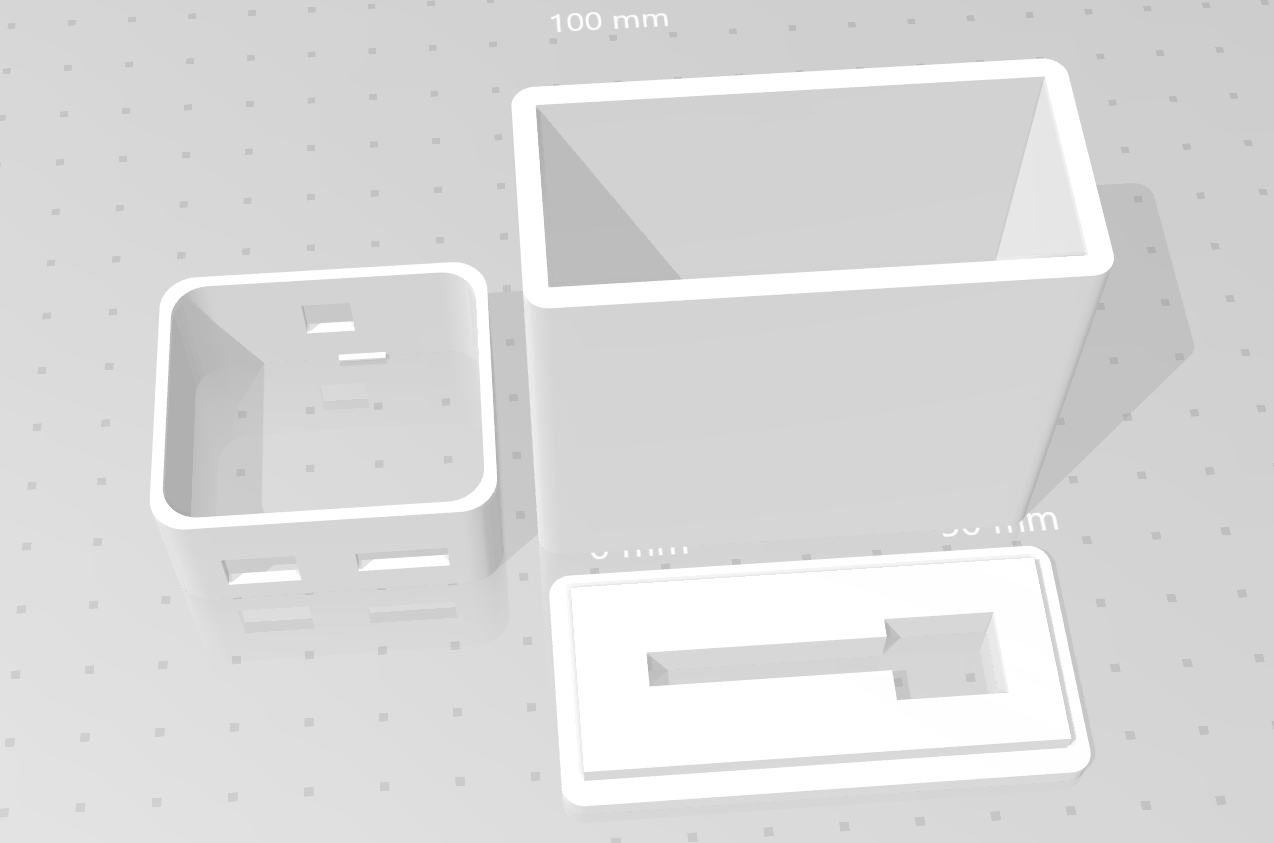 |
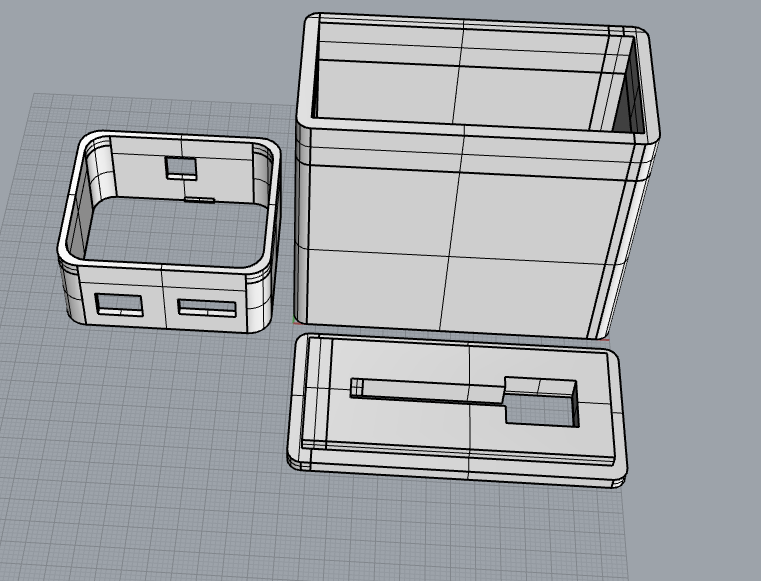 |
Assembly of Final Product¶
Here is the final working video of Project. I have tested application and hardware with my brother to check the occupancy and unoccupancy of the seat.
Interesting Research Papers¶
- IoT-Based Library Automation and Monitoring system: Developing an Implementation framework of Implementation
- IoT-based Smart Library Reservation Management System
- A low cost IoT based crowd management system for public transport
Code for Wristband¶
Code for Wristband¶